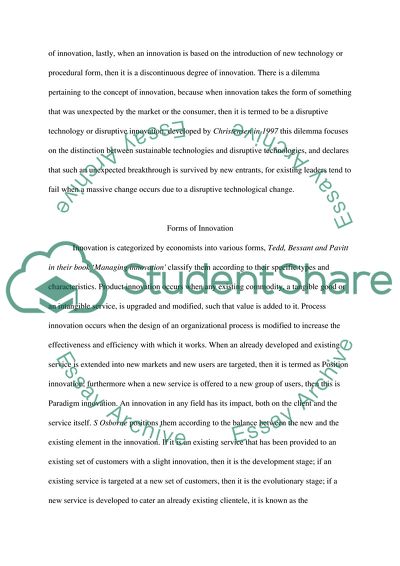Cite this document
(What Innovations Can Additionally Attract University Applicants Research Proposal, n.d.)
What Innovations Can Additionally Attract University Applicants Research Proposal. Retrieved from https://studentshare.org/education/1735873-innovation-module
What Innovations Can Additionally Attract University Applicants Research Proposal. Retrieved from https://studentshare.org/education/1735873-innovation-module
(What Innovations Can Additionally Attract University Applicants Research Proposal)
What Innovations Can Additionally Attract University Applicants Research Proposal. https://studentshare.org/education/1735873-innovation-module.
What Innovations Can Additionally Attract University Applicants Research Proposal. https://studentshare.org/education/1735873-innovation-module.
“What Innovations Can Additionally Attract University Applicants Research Proposal”, n.d. https://studentshare.org/education/1735873-innovation-module.


